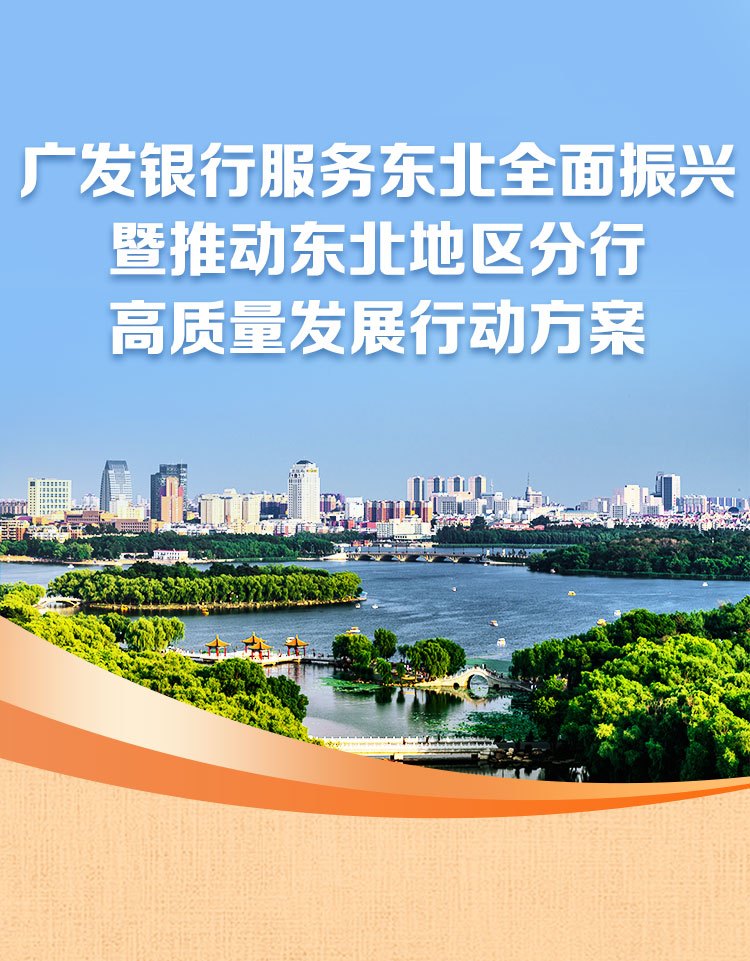The rapid development of facility agriculture in China effectively meets the market demand for "vegetable basket", "fruit plate" and "flower shelf"
| |
You may also be interested in:
-
The rapid and effective development of our country's facility agriculture meets the market "..." -
The latest marriage big data is released! The peak age of marriage registration -
China's "Fengjing" | Wishing the Oilfield to be "Thieveless" -
From youth to youth, determined to serve the country -
Face to face event between Young Pioneers and Manned Space was held in Beijing -
Create a highland for skilled personnel training, and vigorously cultivate enterprises to create -
In my life, I must go to Guangzhou! -
South China has strong precipitation and strong cold air influence
Today's Hot Spots
Recommended for you
SFC agrees to register six commodity options including staple fiber
more
-
Ensure that financial funds are used effectively -
Li Qiang Chairs the Symposium of Experts and Entrepreneurs on Economic Situation -
Go to the Canton Fair: welcome all visitors and connect with the global market -
Scale rises quarter by quarter - foreign trade imports and exports are positive -
Central Bank: RMB loans increased by 19.75 trillion yuan in the first three quarters -
The hospital with an investment of 2.8 billion yuan in Xi'an has become "yellow", and another hospital with an investment of 7 billion yuan has not yet started construction -
Married three A-share listed companies in half a month, and Middle East Capital started a new round of goods sweeping in the Chinese market -
Luzhou, Sichuan: It is proposed to implement the same maximum loan amount for the first and second housing provident fund loans
more
-
The overall recovery of the mobile phone market still takes time -
Beijing Yingfu Ruitai Real Estate Development Co., Ltd. was fined -
IMF Chief Representative in China: China remains the largest engine of global economic growth -
Senior executives come together, science and technology are brilliant and unique, focusing on the elderly - everyone insurance group is actively opening -
Guizhou Zunyi: buy houses instead of loans, encourage stronger central enterprises -
Financial knowledge is delivered to the door, and Xiamen International Bank "banks, governments and enterprises" work together to carry out finance -
Yanzhiwu · National Women's Golf Tour, full of firepower, "bowl" and beautiful finish -
The average income of 86 10 billion private equity firms in the first three quarters was 1.44%, and the quantitative performance was eye-catching
Ranking
-
How to Improve Young People's Wedding Intention after 9 Consecutive Declines in the Number of Marriages -
It doesn't matter if there is "relationship"? You Shuhui's Comments on the "Correction Regression" of Pesticide Inspection for Beinong Dishes -
Boys' Novels Ranking_Boys' Novels -
Uncover: Why is APLD laser display technology more popular than traditional three color laser? -
Focus! Comedian "Team Building" was held at the Beijing premiere of the movie "Life is unfamiliar" -
Why is the mobile phone number in China eleven digits? Why is the mobile phone number eleven digits -
You can hear the sound of insects and frogs. Chengdu Shuangliu Community creates an ecological paradise -
Watch every day! How to refund tax after correcting individual income tax declaration _ quickly apply for tax refund exceeding the limit after correcting declaration -
Market news: Japan and South Korea agreed to continue negotiations on preferential export. Days -
How to detect the green screen of Apple 13promax?
Recent updates
-
How to Improve Young People's Wedding Intention after 9 Consecutive Declines in the Number of Marriages -
It doesn't matter if there is "relationship"? You Shuhui's Comments on the "Correction Regression" of Pesticide Inspection for Beinong Dishes -
Boys' Novels Ranking_Boys' Novels -
Uncover: Why is APLD laser display technology more popular than traditional three color laser? -
Focus! Comedian "Team Building" was held at the Beijing premiere of the movie "Life is unfamiliar" -
Why is the mobile phone number in China eleven digits? Why is the mobile phone number eleven digits -
You can hear the sound of insects and frogs. Chengdu Shuangliu Community creates an ecological paradise -
Watch every day! How to refund tax after correcting individual income tax declaration _ quickly apply for tax refund exceeding the limit after correcting declaration -
Market news: Japan and South Korea agreed to continue negotiations on preferential export. Days -
How to detect the green screen of Apple 13promax?
this Daily news
-
The 2023 New Town Business Annual Conference of "Deep Operation Strategy" was successfully concluded -
At that time, the action plan of Guangfa Bank for the comprehensive revitalization of Northeast China was released! -
Energy Chain Smart Power and Little Red Elephant New Energy reached cooperation to jointly build a regional public charging service network -
SFC agrees to register six commodity options including staple fiber -
The average annual growth rate of the total number of business entities is 8%, and the integrated development system of market supervision in the Yangtze River Delta is accelerated -
Stable prices and continuous recovery of consumption - focus on CPI and PPI data in September -
With "the largest country" in mind and "the people's expectations" in mind, China Life Insurance Company has done a solid job for the people -
Cohesion, Jointly Build, Share, and Develop Postal Savings Bank Beijing Haidian District Branch Successfully Held Cat Garden 2023 Camp Promotion Conference -
Create safe, convenient, efficient, green and economic sustainable transportation -
Opinions on Giving Full Play to the Basic Role of People's Mediation to Promote the Governance of Complaint Sources



